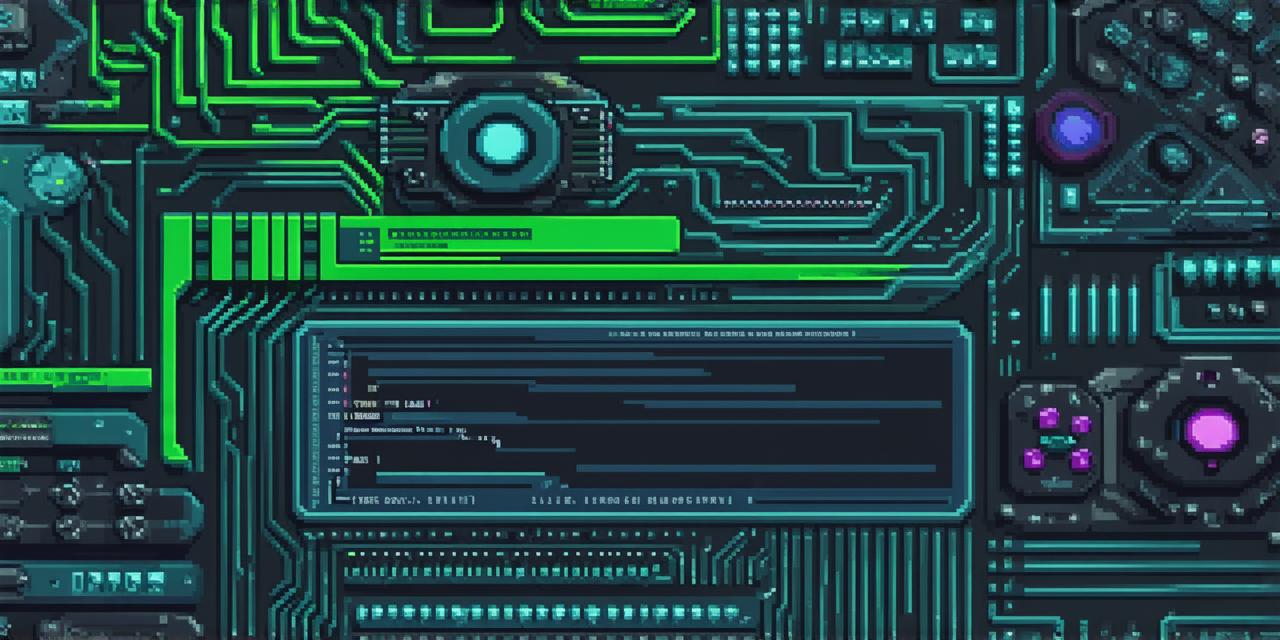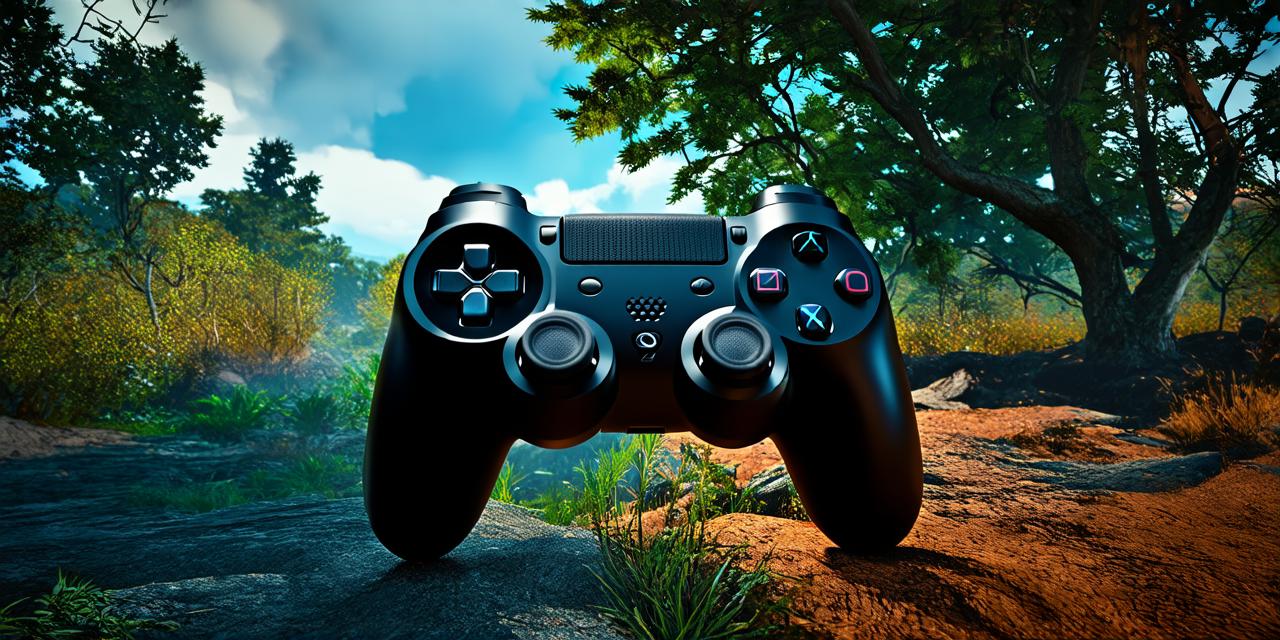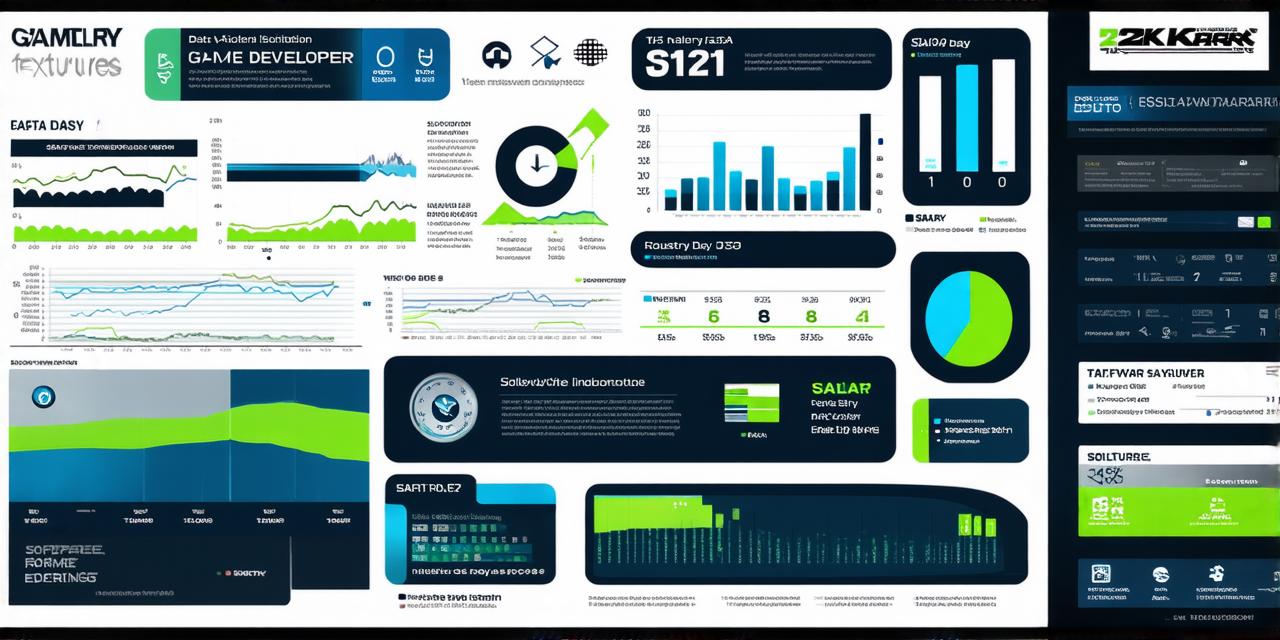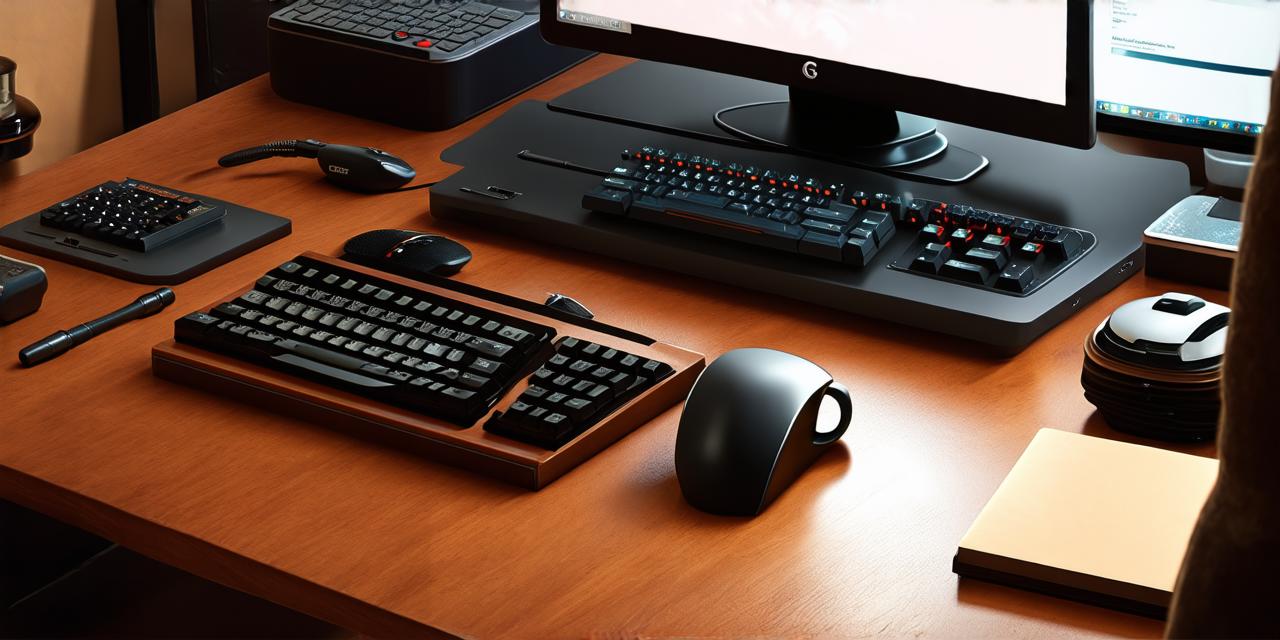Introduction
Game development is a complex process that requires creativity, technical skills, and the right tools and technologies. As the gaming industry continues to grow, so does the need for developers who can create immersive and engaging experiences for players. In this article, we’ll take a closer look at the essential tools and technologies used by game developers to create their games.
Hardware Requirements
To become a game developer, you’ll need access to the right hardware. This includes a powerful computer with enough RAM, a high-resolution display, and a gaming controller. Let’s take a closer look at each of these requirements.
Computers
The computer is the backbone of any game development project. It needs to be powerful enough to handle the demanding tasks required for game development, such as 3D modeling, animation, and simulation. A good gaming PC should have at least 16GB of RAM, a high-end graphics card, and a fast processor.
Displays
The display is another important piece of hardware for game developers. It needs to be high-resolution to provide a clear and immersive view of the game world. A good gaming monitor should have at least 4K resolution and a wide color gamut.
Controllers
Finally, a gaming controller is essential for game development. It allows you to interact with your games in a natural and intuitive way. The best controllers are those that provide a good level of feedback and precision, such as the PlayStation DualShock 4 or Xbox One Wireless Controller.
Software Tools
In addition to hardware, game developers also need the right software tools to create their games. Let’s take a closer look at some of the most popular tools used in game development.
Game Engines
Game engines are the foundation for most modern games. They provide a set of tools and technologies that make it easier to create games, including 3D modeling, animation, physics simulation, and more. Some of the most popular game engines include Unity, Unreal Engine, and CryEngine.
Texture Editors
Texture editors are used to create and edit textures, which are the images that cover the surfaces in a game. They allow you to manipulate colors, brightness, and contrast to create the perfect look for your games. Some of the most popular texture editors include Photoshop, GIMP, and Substance Painter.
Audio Tools
Audio is an essential part of any game. It provides sound effects, music, and other audio elements that enhance the overall experience. Game developers use a variety of tools to create and edit audio for their games, including Pro Tools, Logic Pro, and Ableton Live.
Version Control Systems
Version control systems are used to manage code changes and collaborations in game development projects. They allow developers to track changes to files over time, revert changes if needed, and work on the same project without overwriting each other’s work. Some of the most popular version control systems include Git and Subversion.
Cloud Platforms
Cloud platforms are becoming increasingly popular for game development. They provide access to powerful computing resources, storage, and collaboration tools. Examples of cloud platforms used in game development include Amazon Web Services (AWS), Microsoft Azure, and Google Cloud Platform.
Case Studies
Now that we’ve covered the hardware and software requirements let’s take a look at some real-life examples of how these tools are being used by game developers.
Unity
Unity is one of the most popular game engines used in game development. It’s an open-source platform that provides a wide range of features for creating games, including 3D modeling, animation, physics simulation, and more. Unity is used by developers of all skill levels, from beginners to experienced professionals.
Photoshop
Photoshop is a widely used software tool for creating textures in game development. It provides a powerful set of features for manipulating colors, brightness, and contrast to create the perfect look for your games. Photoshop is used by artists, designers, and developers alike.
Amazon Web Services (AWS)
Cloud platforms like AWS are becoming increasingly popular for game development projects. They provide access to powerful computing resources, storage, and collaboration tools that can be scaled up or down as needed. AWS is used by developers of all sizes, from small indies to large studios.

Personal Experiences
As a game developer myself, I’ve used a variety of tools and technologies to create my games. Let’s take a closer look at some of the tools I use and why they work so well for me.
Unity
Unity is my go-to game engine for creating 2D and 3D games. It provides a wide range of features that make it easy to create games, including support for multiple platforms, built-in physics simulation, and an active community of developers who provide tools and assets.
Photoshop
Photoshop is an essential tool in my game development process. I use it extensively for creating textures, designing characters, and managing assets. Photoshop provides a powerful set of features that make it easy to manipulate colors, brightness, and contrast to create the perfect look for my games.
Git
Git is a version control system that I use extensively for managing code changes in my game development projects. It provides a central repository where all team members can collaborate on the same codebase without overwriting each other’s work. Git also provides tools for tracking code changes, revert changes if needed, and working on different branches of code simultaneously.
Conclusion
In conclusion, game development requires a wide range of hardware and software tools to create games that are engaging, immersive, and visually stunning. From game engines like Unity to version control systems like Git, there’s a tool for every aspect of game development. As a game developer myself, I’ve found that using these tools in combination with each other can lead to more efficient and effective game development projects.




